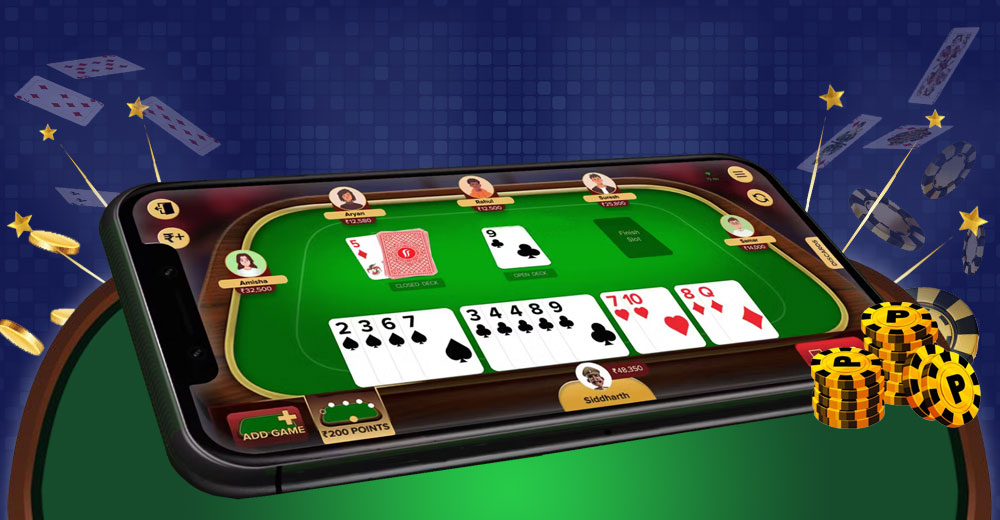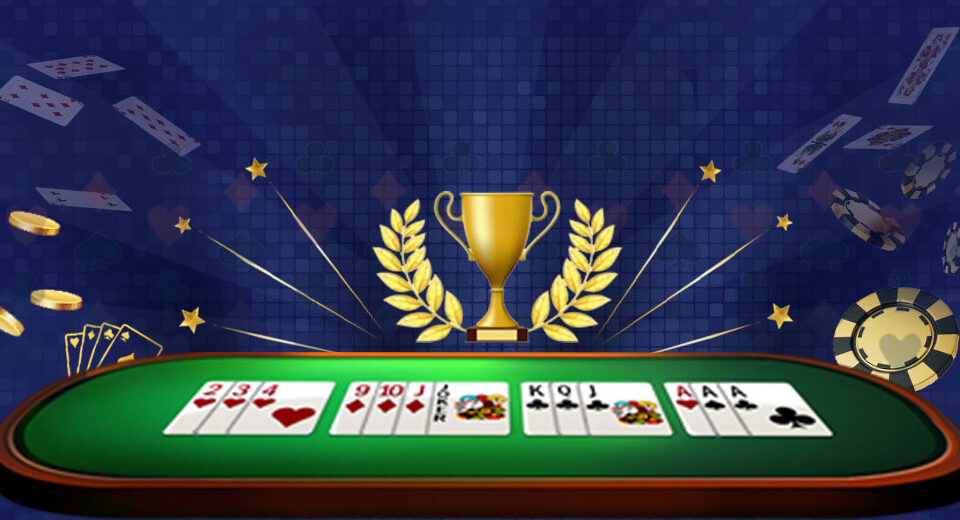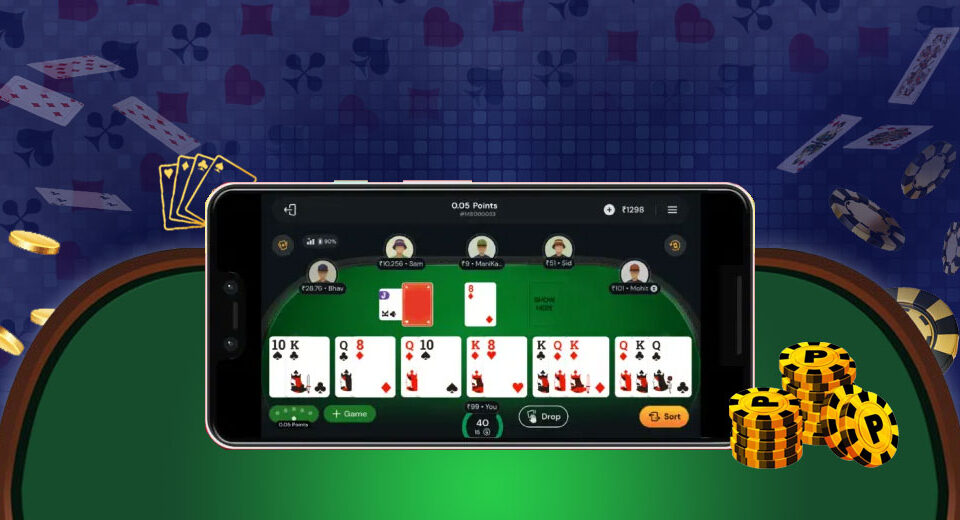The Evolution of IndianRummy: From Offline to Online Gaming
Indian Rummy has evolved significantly over the decades, transitioning from a classic tabletop game to a dynamic digital experience. While its core remains deeply rooted in strategic card play and mental agility, the shift from offline gatherings to online platforms has transformed the way people experience this beloved game.
This transition not only reflects the growing influence of technology but also the adaptability of traditional games in the digital age. In this article, we take a closer look at how IndianRummy has evolved, the key factors behind its digital transformation, and how it continues to thrive in both traditional and virtual formats.
1. The Traditional Charm of Offline Rummy
Before the digital age, the Rummy game was a household favourite enjoyed in living rooms, community centers, and during festive celebrations. It was more than just a game—it was an occasion for bonding, shared laughter, and mental stimulation.
The tactile experience of shuffling cards, the anticipation of drawing the right card, and the satisfaction of a well-planned move were all part of the charm. Playing offline allowed players to interact directly, observe expressions, and make intuitive decisions based on human behavior. Rummy was not just entertainment; it was a tradition that brought generations together.
2. The Constraints of Offline Gameplay
Despite its popularity, offline rummy had several constraints. Scheduling games was often difficult due to conflicting routines or geographical distance. A physical space was required, along with a minimum number of players to begin a session.
Additionally, interruptions such as power outages, sudden plans, or limited playing time often disrupted the flow of the game. These limitations made it difficult for regular enthusiasts to enjoy the game consistently. As lifestyles became busier, the need for a more accessible and convenient format became apparent.
3. The Advent of Online Rummy Platforms
The introduction of online rummy platforms marked a turning point in the game’s history. With internet access becoming more affordable and smartphones becoming more common, players were introduced to a whole new way to enjoy rummy.
Online platforms eliminated physical barriers - players could now participate from the comfort of their homes, at any time of day. Whether it was a short break or a late-night session, rummy was now just a tap away.
This accessibility helped rummy reach a broader demographic, including younger players and those who had never experienced it in its offline form.
4. Game Features That Revolutionized the Experience
Online rummy platforms didn’t just replicate the physical experience, they enhanced it with features that added new layers of convenience and excitement. Key innovations include:
- Multiple game formats such as Points Rummy, Pool Rummy, and Deals Rummy.
- In-game tutorials for beginners to understand rules and gameplay.
- Real-time multiplayer games with automated card dealing and scoring.
- Leaderboards, achievements, and performance statistics for self-improvement.
- Secure and fair gameplay with advanced shuffling algorithms.
- Custom tables with flexible time limits and difficulty levels.
5. The Growth of a Digital Rummy Community
With the rise of online gaming, rummy transformed into a community-driven activity. Players began forming virtual connections, exchanging strategies, and competing in large tournaments.
Digital leaderboards, regular contests, and interactive features created a sense of engagement that rivaled the social aspect of offline play. This growing ecosystem encourages players to sharpen their skills and stay connected with like-minded individuals. Rummy became not just a game, but a shared experience in the virtual world.
6. Bridging Tradition and Innovation
Despite the evolution, IndianRummy continues to retain its traditional essence. The rules remain the same, and the strategic depth is intact. Technology has simply expanded its reach and amplified the user experience. This blend of tradition and innovation has ensured that rummy remains relevant in the modern era.
Whether played offline on a festive evening or online during a short break, rummy continues to offer a mentally stimulating and rewarding experience.
Conclusion
The evolution of Indian Rummy from offline to online platforms exemplifies how tradition can thrive in the digital world. By adapting to technological trends, rummy has found new life and a new audience, all while preserving its timeless essence.
Its journey reflects not just a change in platform, but a transformation in how people connect, compete, and engage through this skill-based game. As digital experiences continue to evolve, IndianRummy remains a shining example of how classic games can stay relevant and enjoyable across generations.




